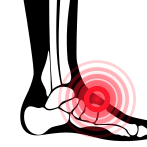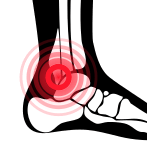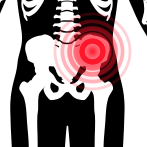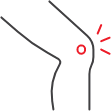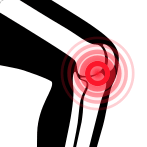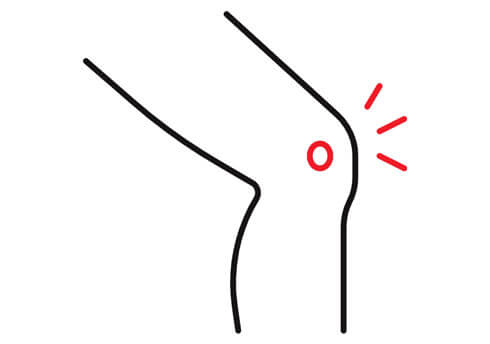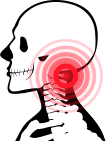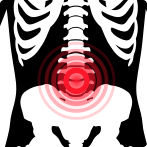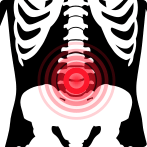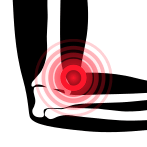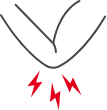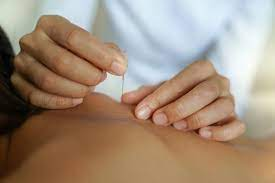Running, cycling, hiking, walking… they’re all great for your health. Do you know what else they have in common? They put you at risk for developing IT band syndrome. Next Level Physio wants you to be active not just today but for the long run. That’s why we have specialty physical therapy for IT band syndrome.
What is the IT Band and IT Band Syndrome?
The Iliotibial (IT) band is a thick bunch of fibers that goes from the outside of the hip to the outside of the thigh and knee, all the way down to the top of the tibia (shinbone). IT band syndrome, is described as a nagging pain you get on the outside of your knee that comes from overuse. In fact, ITBS is one of the most common overuse leg injuries and accounts for more than 12% of running injuries and 24% of cycling injuries. Among the many injuries we see in athletes and members of our Triathlon Club, IT Band is the top 5 condition we treat every year. Thankfully, all of our runners and triathletes suffering from IT Band syndrome are able to return to their activities after our care :)
This pain is caused by irritation and inflammation that results from excessive and repetitive knee bending. The “friction” is the result of the knee repeatedly straightening and bending over and over again, which is why this condition is common in runners and cyclers.
Signs and Symptoms of IT Band Syndrome
The most common signs of IT band syndrome include:
- A stabbing or stinging pain on the lateral side of the knee joint
- “snapping” sensation over the knee when it bends and straightens
- Swelling on the lateral knee
- Hip tightness and hip pain
- Pain is most intense when the knee is in the bent position
Who is at Risk for IT Band Syndrome?
We mentioned earlier that IT band syndrome is common in runners and cyclers, as well as in hikers and walkers. People who are new to exercise routines may also be at risk for developing ITBS, especially if they go too hard too soon. While it’s great to want to jump right in, making sure that you have proper warm-up technique and good form is crucial for preventing IT band syndrome.
How to Diagnose IT Band Syndrome
When you work with our physio team for IT band syndrome, the first thing we’ll do is ask about your symptoms, medical history, and physical activity regimen. Then they’ll conduct a detailed physical exam to determine your range of motion, strength, and flexibility at the knee, hip, and ankle.
We’ll also run more advanced tests and conduct a movement analysis to evaluate your body alignment, foot structure, and get a gauge for your balance.
Next Level Physio Physical Therapy for IT Band Syndrome
As far as treatment for IT band syndrome goes, modifying your activity and participating in physical therapy is your best bet for recovery. Our team is committed to keeping you active, happy, and healthy.
What do we do differently at Next Level? On top of using cutting edge modalities and treatment strategies, we also provide you with programming to keep the rest of your body from deteriorating, and for those who are active, we can coach you on what CAN do to keep fit and healthy during the long recovery process. That’s why we take a medication-free, surgery-free approach to pain management.
Using our MEI Method, we work closely with you to design the right plan of care for you. The frustrations we often hear from clients who have been to the mill or corporate physical therapy practices include:
- The PT there didn’t really spend a lot of time with me.
- The PT was seeing 5 other patients at the same time.
- All they did was put on a hot pack, rub some gel on my hip, then have me do pointless exercises on my own.
- They didn’t care about my goals after surgery and did nothing to get me back to my favorite activities.
Does this sound like the type of PT place that will get you the results you want?
That’s why we’re different :)
In addition to physical therapy for IT band syndrome, Next Level Physio also treats many other conditions including:
- Sports injuries
- Pre-surgical rehab
- Post-surgical rehab
- Neck pain
- Shoulder and elbow pain
- Vertigo and concussion
- Wrist and hand pain
- Ankle and foot pain
- Sciatica/back pain… and more
Some of the physical therapy methods we use for pain treatment include:
- IASTM Technique
- Blood Flow Restriction Training
- Therapeutic Exercise
- Shockwave
- Cold Laser
- Australian Manual Therapy
- Cupping, and more
Click here to schedule an appointment and a free consultation.
